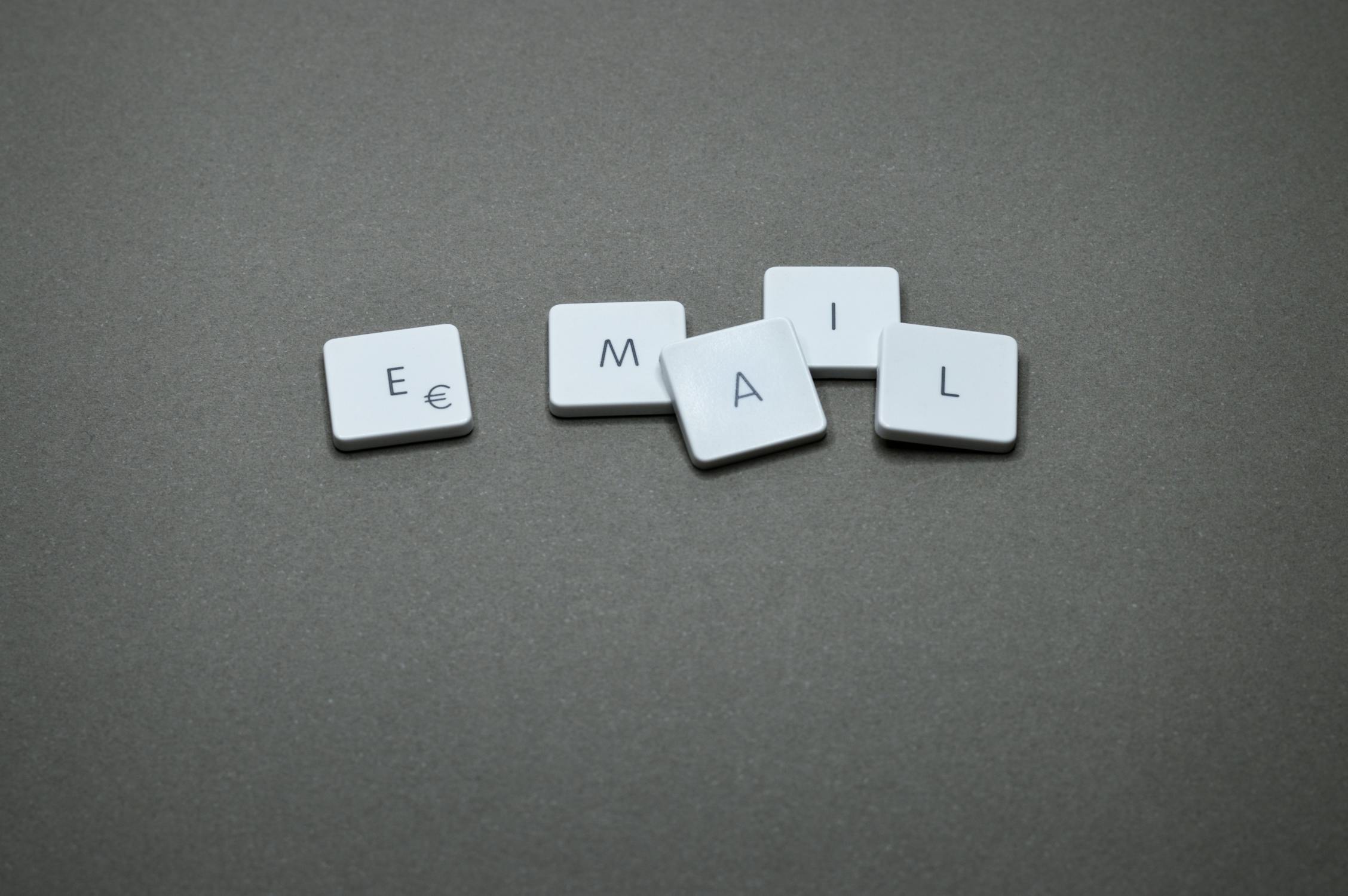Email newsletter structure that converts
June 15, 2025
•
8 min read
•
Marketingzeker
From 2% to 15% conversion: discover how to transform your newsletter from "instant delete" to "can't wait to read".

Email newsletter structure that converts
How often do you check your email and think: "Another boring newsletter?" Most newsletters land directly in the trash, but some you read from start to finish. The difference? A thoughtful structure that engages your reader from the first line to the last call-to-action.
Why most newsletters fail
Last week I analyzed 50 newsletters from Dutch companies. Shocking result: 84% started with "In this newsletter..." or "Welcome to our monthly update". No wonder readers drop off. Your reader doesn't want an update - they want value, inspiration, or a practical tip that makes their day better.
The 5-step newsletter formula
A successful newsletter follows a proven structure that retains readers and activates them. This formula increased our financial sector client's conversion from 3% to 14% in just 2 months.
Step 1: The attention-grabbing subject line
Forget "Newsletter March 2025" - instead use emotion and curiosity. Examples that work: "This cost me €5,000 (but you don't have to pay it)" or "Why I never send email on Monday anymore". Test different approaches: urgency, personal story, or an intriguing question.
Step 2: A personal opening that touches
Start with recognition. "Yesterday I was stuck in traffic to a client, and I thought..." works better than "Dear reader". People connect with stories, not companies. Share a short anecdote, observation, or question that directly relates to your message.
Step 3: Valuable content in digestible chunks
Your main content must be actionable. No vague tips like "Focus on quality", but concrete steps: "Use these 3 questions to qualify leads" followed by the actual questions. People want to be able to implement something after reading.
Structure for maximum readability:
- Short paragraphs (max 3 lines)
- Bullet points for lists
- Subheadings that create curiosity
- White space to rest the eye
Step 4: Social proof and stories
Nothing convinces more than results from others. "Client X increased revenue by 40% through this technique" works more powerfully than "This technique works well". Share mini-case studies, testimonials, or own experiences. Authentic stories build trust and make abstract advice concrete.
Step 5: A clear, natural call-to-action
Your CTA should feel like a logical next step, not pushy sales. Instead of "Buy now!", try "Want to know how this works exactly for your situation?" with a link to a free consultation or relevant blog post.
The timing and frequency that works
Research shows Tuesday 10:00 and Thursday 14:00 give the best open rates for B2B newsletters. But more important than timing is consistency. Better weekly quality than monthly mediocre content. Your readers should know when they hear from you.
Personalization without being pushy
Use more than just "Hi [first name]". Segment your list based on behavior, interests, or where customers are in the customer journey. A newsletter for prospects differs from content for existing customers. These [/en/blog/email-personalization-segmentation](email segmentation strategies) help you send relevant content to the right people.
Measurable results through testing
Systematically test different elements: subject line, opening text, CTA text, and send time. An A/B test can increase your conversion by 20-50%. Start with testing subject lines - this is often where the most potential lies.
Transform your newsletter today
A well-structured newsletter is not an addition to your marketing - it's the foundation. Start next week with this formula: personal opening, valuable content, authentic story, and natural CTA. Your readers will notice the difference immediately. Our [/en/services/email-marketing](email marketing specialists) help you perfectly align this strategy with your doelgroep and business goals.
Tags for Email newsletter structure that converts:
Email NewsletterContent MarketingEmail StructureDutch NewslettersEmail Conversion
Services Related to Email newsletter structure that converts
Discover how our expertise can help your business grow
Ready to take your marketing to the next level?
Discover how Marketingzeker can help your business grow with our proven strategies.
Schedule a free strategy callRelated Content
Deepen your knowledge with these related articles